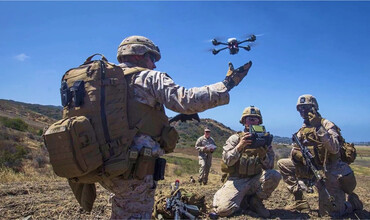Proactive Protection with Biodefense
Draper provides a suite of innovative cross-cutting solutions and technologies that are tailored to evaluate chemical, biological, radiological, nuclear, explosive (CBRNE) threats, including pathogens, toxins, and emerging infectious diseases to address critical National Security and National Health Security needs. Our mission is to develop cutting-edge, advanced biotechnological solutions to detect CBRN threats and safeguard our nation’s security and solve the nation's most challenging problems.






